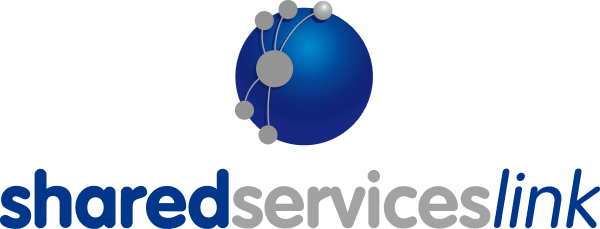Published: Sep 10, 2024
80% Touchless Invoicing in 2 Years at Upfield

Upfield spun off from Unilever in 2018. At that time, 100% of AP invoices were paper-based.
24 months later, a staggering 75% of Upfield’s 8,000 suppliers were invoicing the company electronically.
Read the 80% Touchless Invoicing in 2 Years at Upfield CASE STUDY.
Discover:
- How the shared services managed the transition post-spin off
- Some of the main challenges to shared services and P2P during the transition
- How the team focused on e-invoicing and supplier onboarding
- How they are now at an impressive 80% touchless rate for their 250,000 invoices
In this report we explore what touchless invoicing looks like: a document exchange that does not require any human touch. Invoices in PDF format sent via email are therefore not classed as "touchless," as they require intervention to extract the data.
Upfield is concentrating on making its end-to-end processes as touchless as possible and is focusing on ensuring over 60% of their invoice volume is electronic. Additionally, they aim to increase the percentage of touchless e-invoices delivered through the Tungsten Network from 80% to 87%.
Drivers for e-Invoicing
Upfield had several drivers for pushing e-invoicing. They were keen to process invoices quickly and error-free to maintain a good relationship with suppliers without increasing headcount or costs. Visibility of payables was critical for funding, planning, and payments processing, so they also wanted to optimize working capital to its fullest and remain cash-positive.
E-Invoicing Challenges from the Spin-Off
It was vital after the separation that Upfield was able to keep a continuous Source to Pay process. Most of their suppliers were already set up and enabled in Unilever’s systems, and the team didn’t want this connection to be cut during the transition. They were keen to work with a solution familiar to suppliers, so they turned to the Tungsten Network.
With the Tungsten Network’s guidance, the team was able to smoothly transfer suppliers to stay connected to Upfield entities. Once the new interface had been tested, entities were switched one by one, in step with the SAP implementation. As a manufacturing-driven business, they prioritized switch-overs based on where their plants were and prioritized these countries.
Download for the full report
